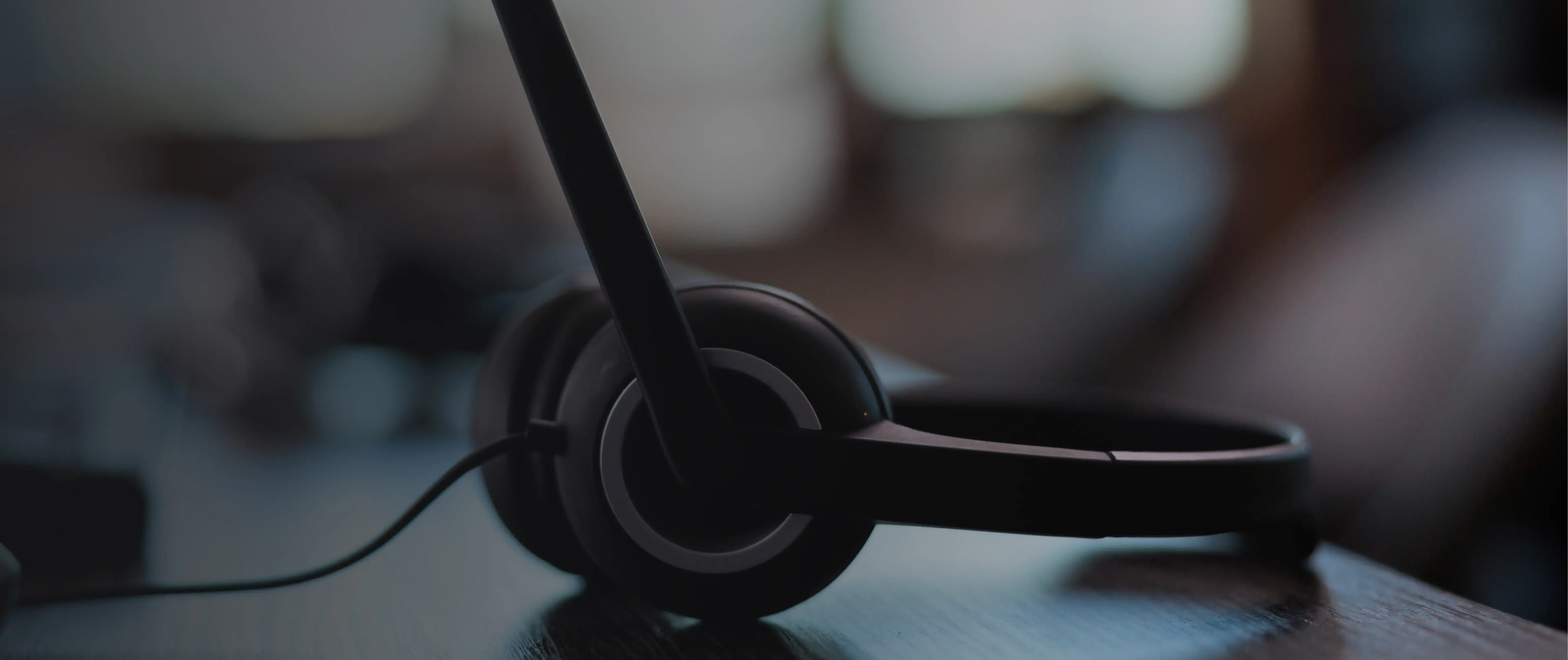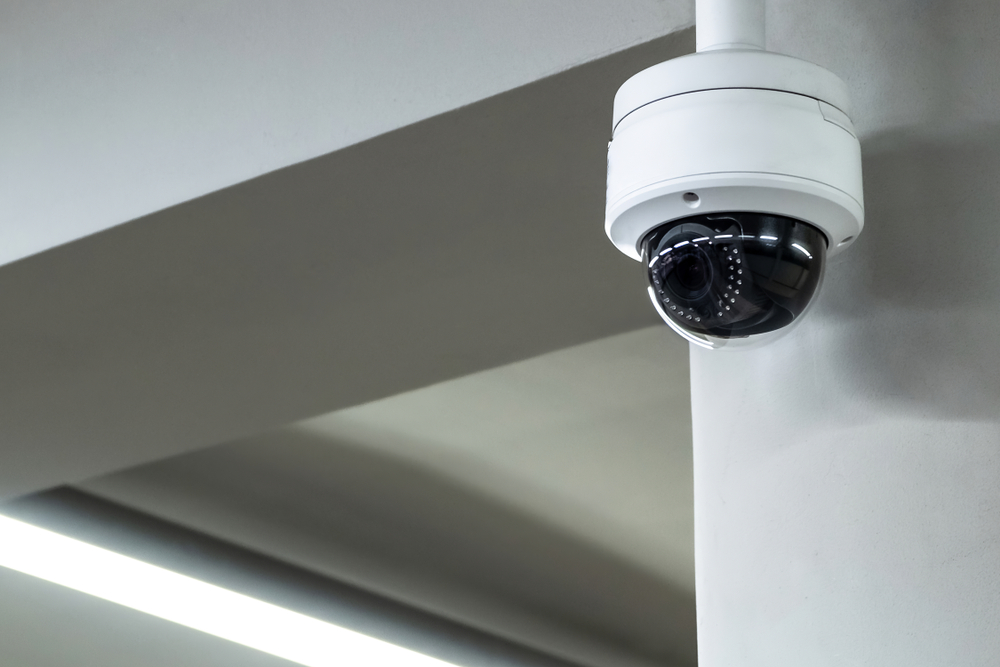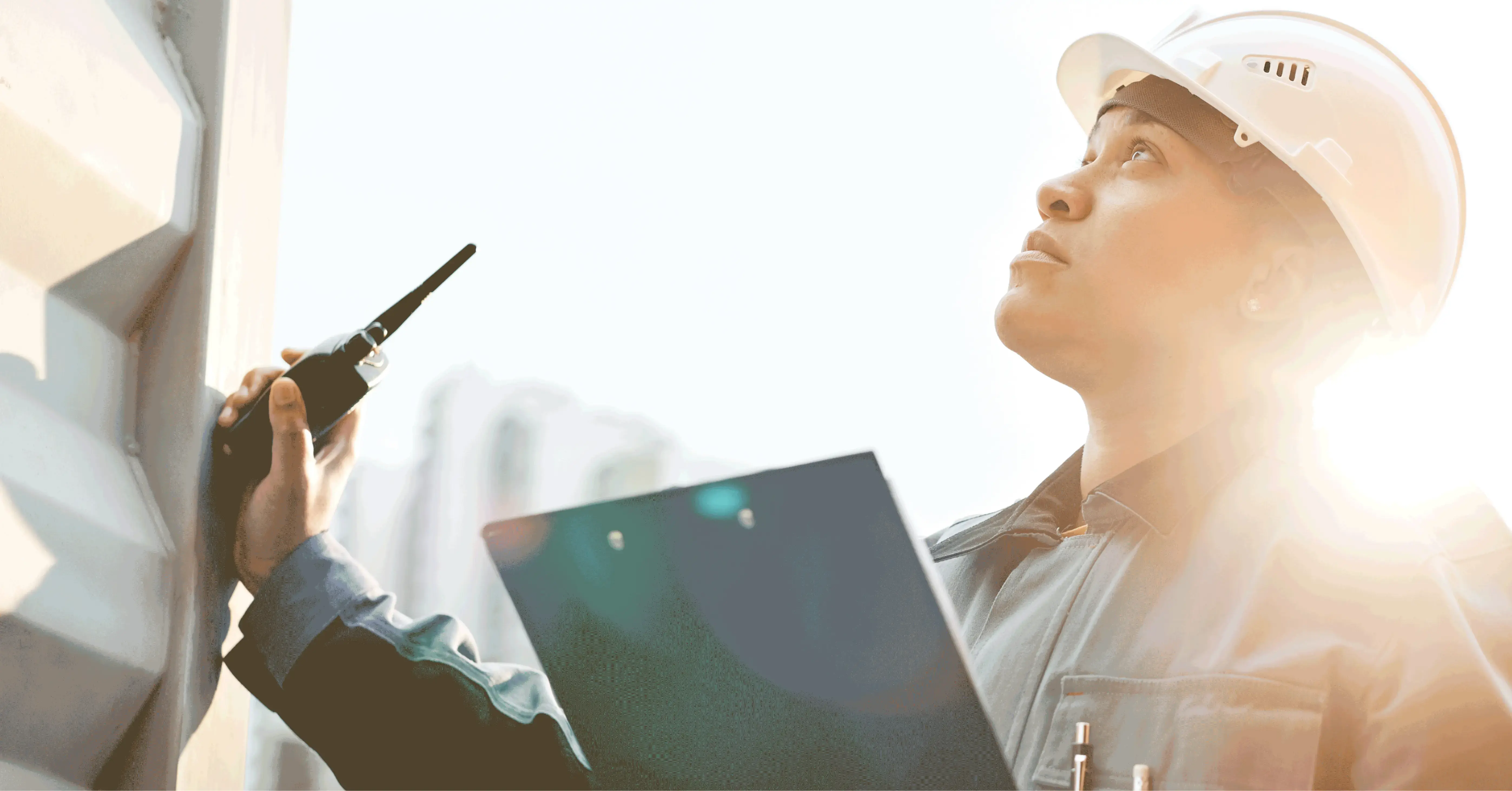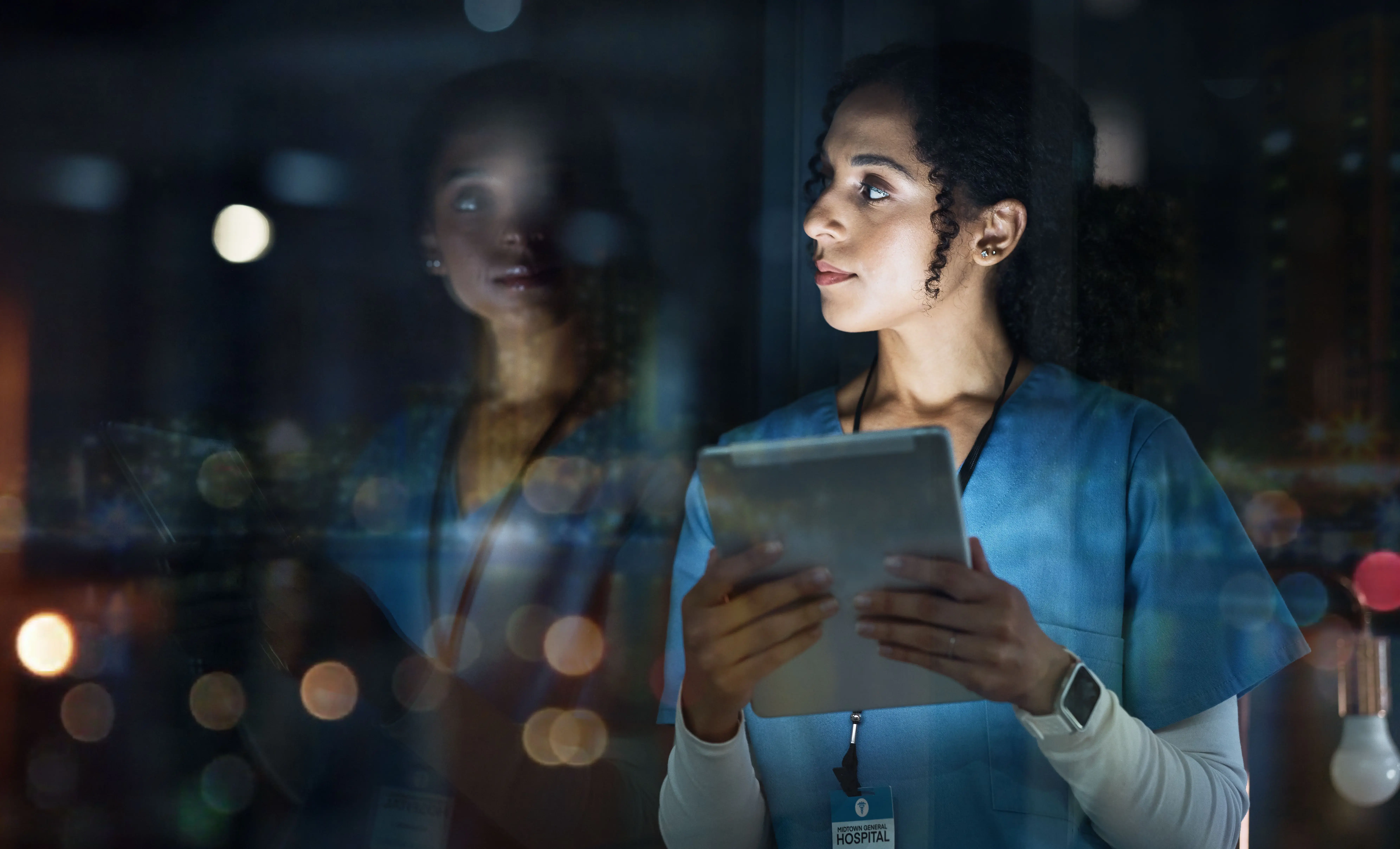Elderly care presents a plethora of challenges stemming from privacy concerns – such as the reluctance to adopt monitoring systems and fall detection solutions – since traditional solutions for this purpose involve video recordings and surveillance even in the private areas of a house or a care home.
Today, smart camera solutions exist and seek to address these types of challenges while also providing more benefits as well as empowering both care providers and care receivers.
Features and benefits of smart camera systems
One of the newer and more advanced solutions available today is the smart camera, presenting care providers with much more options than before. This smart camera is also addressing concerns and issues in surveillance that old, analogue-based systems simply cannot solve.
Some of the benefits of implementing smart cameras and smart surveillance systems in elderly care are as follows:
- Reduced operational costs – with advanced night supervision cameras – implemented through smart care solutions – care providers can expect to see lower costs through more efficient staff rotations. This is made possible as these night sensors have the capability to monitor patients at night, serving the function of nightly visits from care providers.
- Secure and discreet surveillance – the smart cameras can be configured to face only the ceiling or corners of a room – except during scheduled surveillance periods. As he modern surveillance solutions respect the privacy of the care receivers – which is a crucial aspect regarding privacy – they meet one of the major concerns in patient surveillance.
- A better overall experience for the patients – since the cameras can serve the purpose of nightly visits, a positive aspect is that the care receivers do not need to be woken up in the middle of the night.
- More than just monitoring – when implemented through scalable and cloud-based platforms, the cameras can work in synergy with other smart solutions such as radars, which can reliably detect and
prevent falls from happening, thus create a safer and more secure environment for the elderly. - Fully customisable functions – when integrated through a smart platform, the smart cameras can be configured to any function to meet the individual needs of the user.
Above-mentioned are just some of the benefits of smart cameras available today. With the introduction of newer solutions working in tandem with surveillance systems, these advantages are expected to further expand. In a nutshell, smart cameras are all-in-one solutions, solving multiple problems and addressing numerous concerns all at once.
In addition to smart cameras, other modern solutions can also be implemented today, as fall detection radars, smart medication robots and even sensors that can be placed on the outside of an incontinence pad to accurately monitor saturation levels.
Read more: The Importance of Sensors When Meeting Elderly Care Needs
The present landscape of smart systems in the care industry
At present, only a handful of countries in Europe are completely adopting smart solutions. As of today the majority of users on the care market in the UK are still relying on analogue systems. However, the availability of 100% cloud-based platforms today allows care providers in the UK to transition straight from traditional analogue based platforms – and by doing so – even skip an initial transition through different digital solutions should they wish to.
Upgrading and transitioning from traditional solutions
Most of the care systems and solutions being implemented today are still based on analogue platforms. While these may have been serving you well in the past, both care providers and elderly – or other who are in need of receiving care – residing at home, should very much consider moving away from these old, outdated systems given the benefits of implementing modern solutions and platforms.
Scheduled to take place in the United Kingdom in 2025, the total analogue switch-off is inevitably fast-approaching. When this occurs, systems based on analogue platforms will simply cease to function. Additionally, failing to prepare in advance for this phenomenon poses great risks to care providers and care receivers alike.
As a solution, care providers can opt to transition straight to smart care systems today, especially with the advent of powerful cloud-based platforms – which allow users to transition from old systems as smoothly as possible.
Implement modern smart care solutions today with Skyresponse
With the older generations preferring to stay at home and also being more receptive to digital devices today, it’s imperative to make their experience as pleasant as possible. These newer and more innovative solutions can provide them with exactly what they need, and can be even further customised to address possible future problems and unforeseen challenges. These modern smart care systems can be implemented seamlessly with Skyresponse through its cloud-based platform built with scalability and interoperability in mind. More importantly, the platform of Skyresponse is future-proof, allowing its users to freely expand their systems with newer products to meet their individual specific needs today and tomorrow.




